On December 2, 2020, the U.S. Department of Transportation announced new rules that gave airlines the option to no longer recognize emotional support animals. As a result, U.S. airlines have stopped accepting emotional support animals on flights as of March 2021.
Psychiatric service dogs (PSD) are still allowed to board flights free of charge and are exempt from size, breed, and weight restrictions. PSDs essentially have the same rights that emotional support animals formerly did. If you are flying with a psychiatric service dog, you must follow the airline’s procedures and submit a special form before boarding your flight.
If you own an emotional support animal, it may be possible to train your ESA to become a psychiatric service dog if certain conditions are met. If you’re interested in seeing if you have a qualifying condition for owning a psychiatric service dog, ESA Doctors can connect you to a licensed healthcare professional that can assess you for a PSD letter.
Good News! All airlines still accept Psychiatric Service Dogs on all flights.
If you are interested in a Psychiatric Service Dog Letter, we are happy to connect you with a licensed healthcare provider so they may assist you.
Get your Psychiatric Service Dog Letter Now
IMPORTANT NOTICE: The information below summarizes the U.S. Department of Transportation’s guidelines for emotional support animals from 2019. These rules are no longer in effect, and emotional support animals are no longer permitted on U.S. flights.
The information below is retained for historical purposes only. Please click on the links in the paragraphs above for summaries on the DOT’s latest rules and procedures for flying with assistance animals.
Summary of Airline ESA Guidance
1. 48 Hour Advance Notice
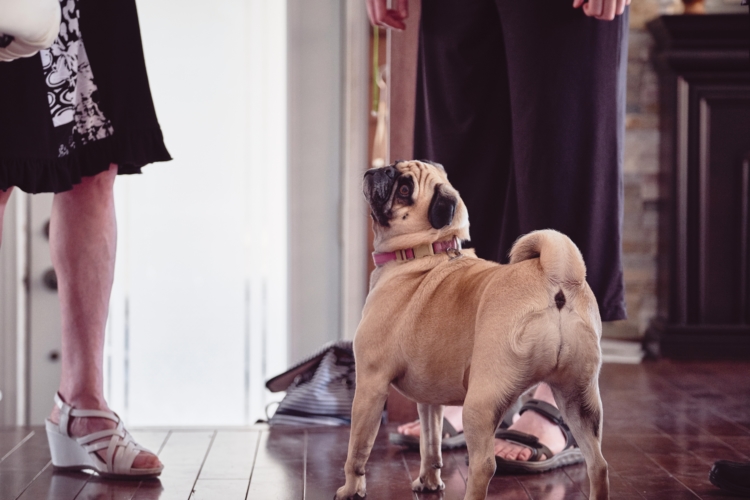
- Airlines may require ESA owners to provide up to 48 hours advance notice of flying with an ESA, and may also require handlers to appear in the lobby for processing of ESA documentation up to one hour prior to the check-in time for the general public. Service dog handlers are exempt from this policy.
- It’s good practice for ESA owners to notify their airlines at least 48 hours before their flight, so they do not run into any last-minute surprises.
2. Airlines are required to accept your ESA Letter

- American Airlines and other airlines can no longer deny your ESA letter and require their own form to be used instead. Airlines may not reject documentation provided by an ESA handler from a licensed mental health professional that meets all of the criteria under the ACAA.
- Airlines may ask ESA handlers to present additional documentation related to the animal’s vaccination, training, or behavior.
- If you need an airline-approved ESA letter, you may request this from your therapist. If you do not have a therapist, you can reach out to ESA Doctors for support. They will help pair you with a compassionate Licensed Mental Health Professional who understands the regulations regarding ESAs, including the Air Carrier Access Act, and the importance of ESAs.
3. Dogs, Cats, and Mini-horses are allowed

- Airlines are required to accept your Emotional Support Animal if the animal is a dog, cat or miniature horse.
- Airlines can deny transport to unusual animals including snakes, other reptiles, ferrets, rodents and spiders. However, airlines cannot categorically refuse to transport other animals or species of animals.
4. Multiple Emotional Support Animals

- The DOT has stated that it is focusing its efforts on ensuring that airlines are not restricting passengers from traveling with one ESA and a total of three service animals if needed.
- Airlines may not impose categorical restrictions on the total number of service animals to be transported in the aircraft cabin. This means that if ten qualified individuals with a disability each need to bring an ESA, then the airline must accept all ten ESAs, so long as the ESAs are sufficiently trained to behave in a public setting.
5. Lobby Verification
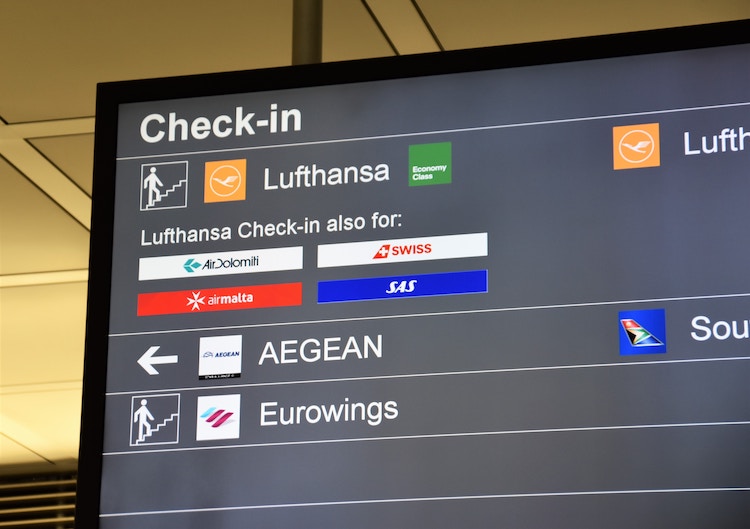
- Airlines can require passengers with ESAs to present documentation in the lobby/ticket counter area, rather than the gate/sterile area.
6. Containment of ESAs on Flights

- Airlines may impose reasonable and appropriate restrictions to control the movement of ESAs in the cabin.
- Such restrictions may include requiring, where appropriate for the animal’s size, that the animal be placed in a pet carrier, the animal stay on the floor at the passenger’s feet, or requiring the animal to be on a leash or tether.
- The DOT will consider containment issues for ESAs on a case-by-case basis, with a focus on reasonableness. Factors include the size and species of the animal, the right of other passengers to enjoy their own foot space, and the continued ability of the animal to provide emotional support while being restrained or kept in a pet carrier.
7. Flight Length Restriction
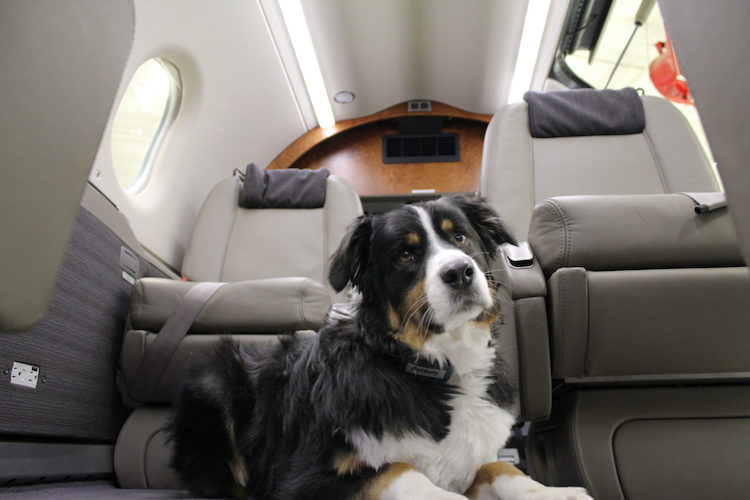
- Airlines may not categorically restrict ESAs on flights scheduled to last 8 hours or more. On flights scheduled to last 8 hours or more, airlines may ask for 48 hours’ advance notice, early check-in, and documentation that the ESA will not need to relieve itself on the flight or that it can do so in a way that does not create a health or sanitation issue on the flight.
8. No Breed Bans, this means pit bulls too!

- Airlines cannot ban an animal solely because it is a certain breed (including pit bulls).
- Airlines are allowed to deny transport to an animal if, among other things, it poses a direct threat to the health or safety of others. However, the DOT has stated that there is no evidence that an animal poses a threat simply because of its breed.
9. No Categorical Weight Limitations for your ESA
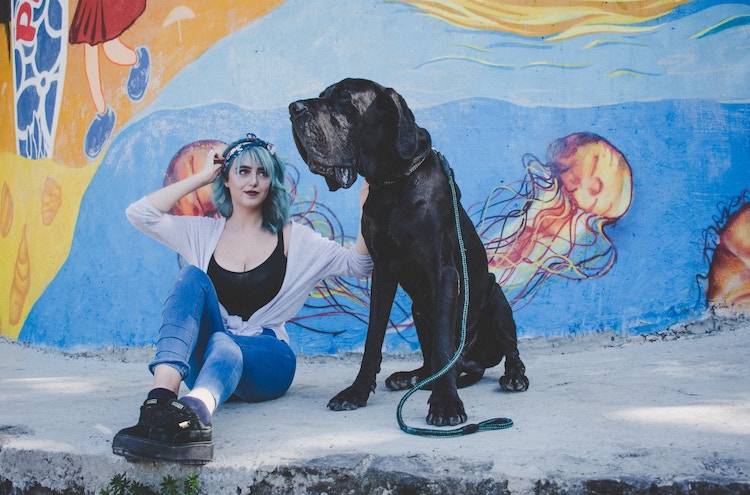
- Airlines may not impose a categorical restriction on ESAs over a certain weight. For example, one airline recently banned all ESAs over 65 pounds, but such a ban is no longer allowed.
- The ACAA does allow airlines to determine “whether the animal is too large or too heavy to be accommodated in the cabin….” Under this rule, an animal may be excluded from the cabin if it is too large or too heavy to be accommodated in the aircraft. However, categorical weight bans are not allowed.
Department of Transportation Defends ESA Rights for Travelers
The DOT’s statement gives much-needed guidance on the ability of passengers to fly with their ESAs. The new guidance affirms and clarifies certain rights that ESA owners have. Flying with your ESA on any airline is free of charge if you qualify for an ESA letter. You are required to be a responsible ESA handler and give the airline advanced notice. If you feel that you have mental health or emotional issue that would benefit from your pet’s love and support and are interested in seeing if you qualify for an ESA letter, ESADoctors.com can be a wonderful resource for you.
Need a Legitimate ESA Letter to Fly?
Get the Love and Support you deserve!







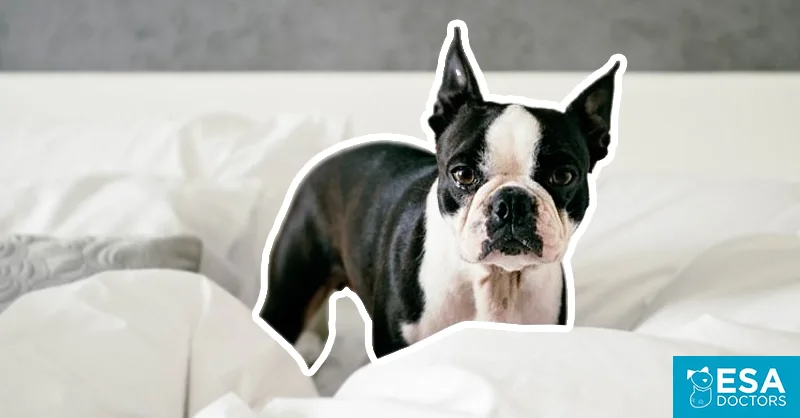
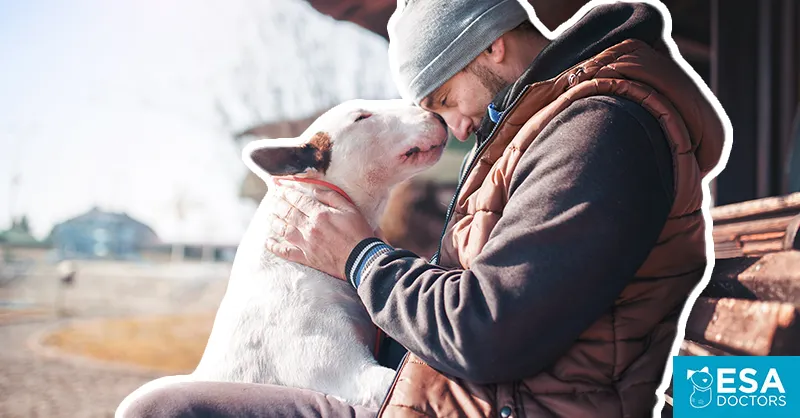
United sent a an email this morning denying my ESA because they said he is too big. 84 pounds. I rebooked with Delta and leave Sunday to take my father’s ashes back home to Montana. Guinness got me through the week he was in a coma and taking him off life support. My stomach is in knots worrying they won’t let him on the plane. I’ve provided everything they’ve asked for. An airport is the one place you DON’T want to cause a scene. Anyone got some Rolaids?
How’d the flight work out? Needing to book one, looking for advice
My backpack barely fits on the floor under the seat in front of me. It would have to be one very small dog to fit in that space. A miniature horse? A large dog? Where is there enough room to actually and practically sit with them on an aircraft? And, if they’re required to ride in the cargo hold, the concern for their well-being would cause me more anxiety than not having them with me at all.
I love animals and especially dogs of all sorts. But, on an aircraft where there isn’t even room to even pass in the aisles, I can’t imagine having to step over animals too. And what do you do if an animal has to relieve itself?
If they’re too large to fit beneath a seat they can sit at your feet and with covid-19 going on I’d assume it wouldn’t be too unlikely that someone would get the whole row to themselves.
How does this translate for international flights coming into the US?
ACAA rules generally apply to flights coming in and out of the US.
I want to fly to US from UK and back with my son’s ESA and possibly my daughter’s ESA . We have contacted BA who are looking into it but is there a charge as our dogs aren’t listed as service animals with ADI and the UK don’t recognise ESAs in the same way as the US does? There is a clause on their website that ESAs are permitted only on flights to and from the US but is still a charge.
If you are flying to the US, then the ACAA’s rules regarding ESAs apply. Under the ACAAA and related guidelines, airlines are not permitted to charge fees in connection with an ESA.
“The ACAA does allow airlines to determine “whether the animal is too large or too heavy to be accommodated in the cabin….” Under this rule, an animal may be excluded from the cabin if it is too large or too heavy to be accommodated in the aircraft.”
What does this mean? If my pet weighs 65 lbs they can still not let him board because of a loophole? I hope that doesn’t mean sending him to cargo. Can anyone clarify?
We recommend checking in advance with the specific airline you are flying with to see what their policy is. The airline will also take into consideration the behavior of your animal companion and whether it can be comfortably placed in the space in front of you.
I just spoke to Alaska Airlines in regards to their Mental Health Professional Form (page 3 of their ESA paperwork) and they feel they are in compliance to still require the form, when I pushed and said you can no longer require the form if I have an ESA letter, the supervisor again said, we feel like we’re in compliance and if you don’t send in the required paperwork, your request may be denied.
Also, Delta is still advertising on their ESA requirement page on their web site: “In alignment with the Service and Emotional Support animal policy, we do not accept pet bull type dogs as pets in the cabin of the plane”
Delta still has a pitt ban on their web site.
*In alignment with the Service and Emotional Support animal policy, we do not allow pit bull type dogs as pet in cabin.
maybe there could be flights dedicated to passengers with support animals as to not affect the rest that have allergies to pet dander. it would probably prove to be a popular move.
I can’t take Claritin for ptsd
True. Big difference between allergies, dislike of animals and someone suffering from PTSD or anxiety.
What are the rights of the other passengers that may have a serious allergy to dogs, cats, horses? I would not know if a passenger sitting next to me is bringing a dog, cat, horse. Then I am put at risk for a life threatening allergic reaction. Airlines don’t serve peanuts anymore because of allergies.
We understand your concern but it is the responsibility of the airline to ensure all passengers are comfortable aboard the flight. We must allow the disabled, whether they need an emotional support animal or a service animal, to take part in life to the same extent the non-disabled can. That is such an important concept that our federal government has given protections for ESAs and service animals under various federal laws. If you have allergies, the airline may be able to seat you and the ESAs or service animals at a comfortable distance from each other. We’re all in this together and there is always a reasonable compromise!
I am allergic to dogs. I’ve already had a bad experience with a passenger and her dog. I specifically had paid for in advance my selected seat and this lady is telling me to move to a different seat. Either put all the animals in one section of the plane, or give them their own flight. I am s paying passenger too and should have more rights than an animal.
We are sorry to hear about your bad experience. It is the responsibility of the airline to ensure all passengers are comfortable aboard the flight. We must allow the disabled, whether they need an emotional support animal or a service animal, to take part in life to the same extent the non-disabled can. That is such an important concept that our federal government has given protections for ESAs and service animals under various federal laws. If you have allergies, the airline should be able to seat you and the ESAs or service animals at a comfortable distance from each other. We’re all in this together and there is always a reasonable compromise!
I notice that animals are not required to be muzzled. That requirement would make many people more comfortable flying with these animals.
The Department of Transportation has stated airlines may impose reasonable and appropriate restrictions to control the movement of ESAs in the cabin.Such restrictions may include requiring that the animal be placed in a pet carrier, the animal stay on the floor at the passenger’s feet, or the animal to be on a leash or tether. Our view is that requiring muzzles would be an unreasonable restriction on ESAs. The vast majority of ESAs are extremely well behaved and board flights without any issues.
Muzzleling short snout dogs in the cabin of the airplane could literally suffocate it. Someone who is uncomfortable can ask to change seats….all you have to say is you have an allergy.
Muzzled! I am a veterinarian and this would not be safe for MANY dogs as they cannot release heat when they cannot pant. A dog that is an ESA is not going to reach over and bite you out of no where. This is a very awful thought to keep dogs muzzled for hours!